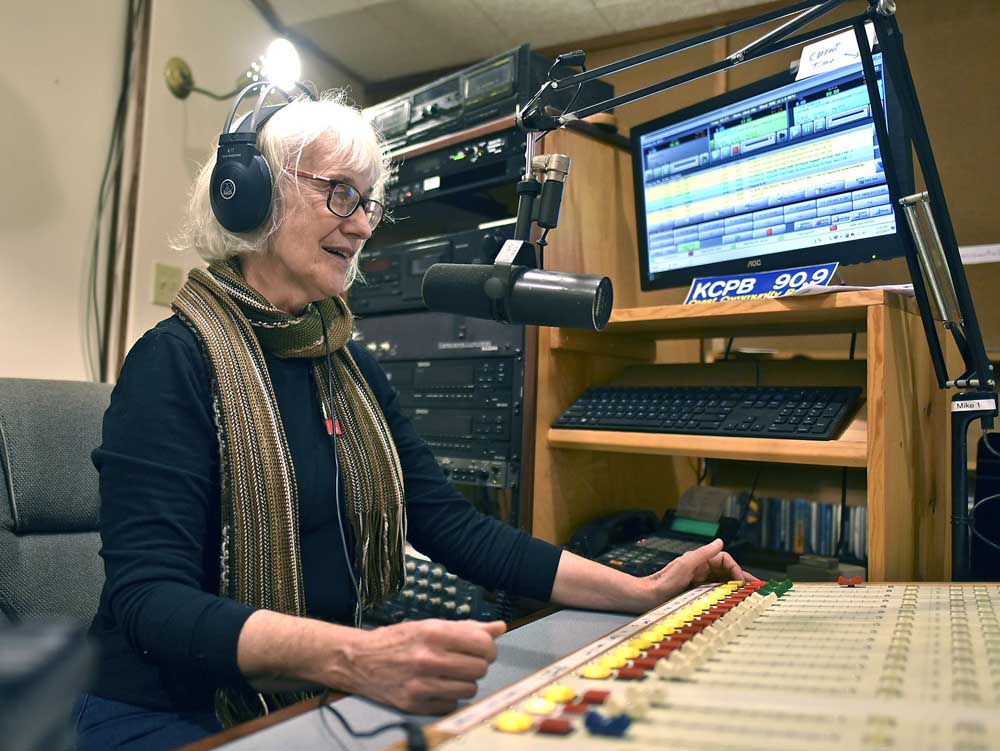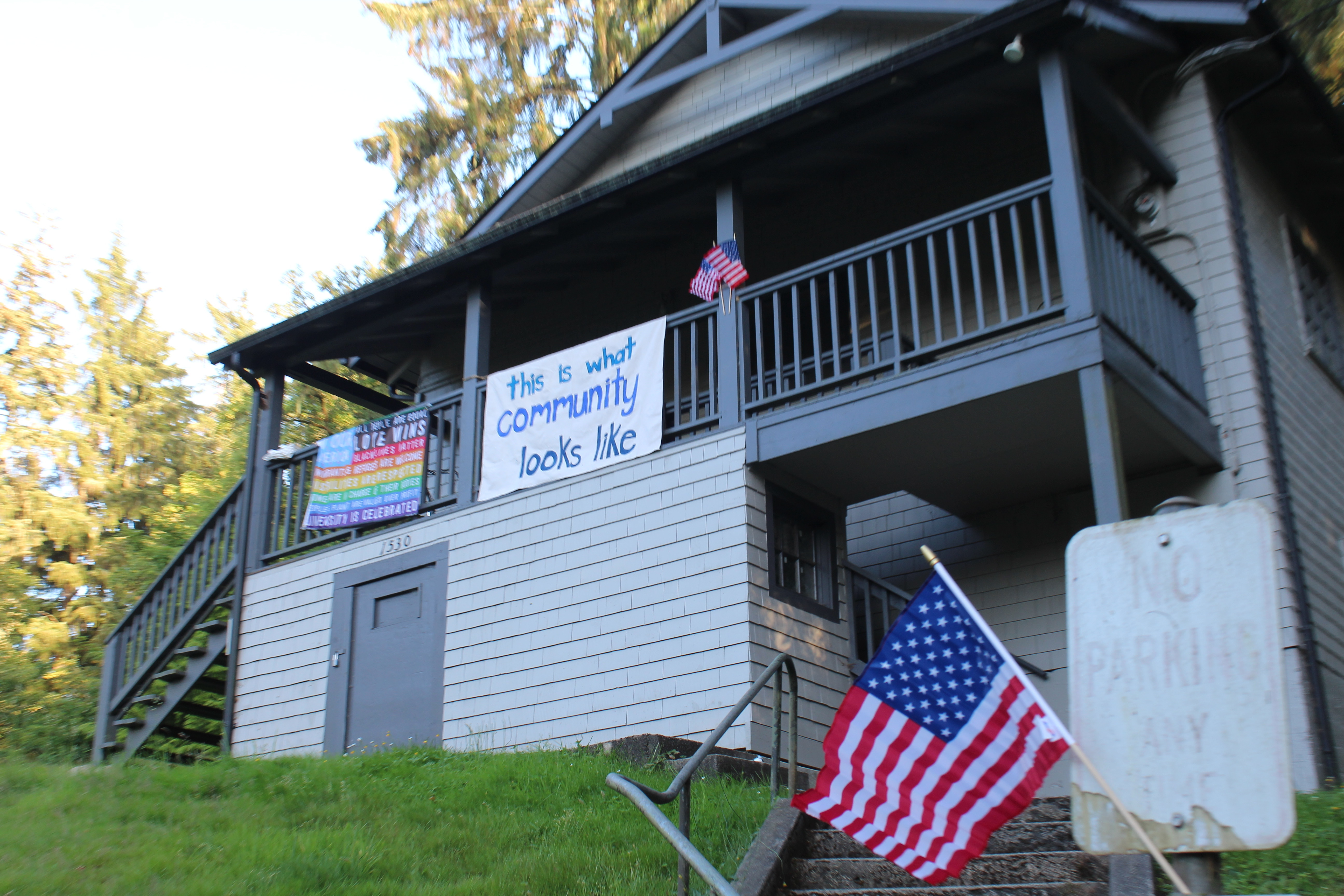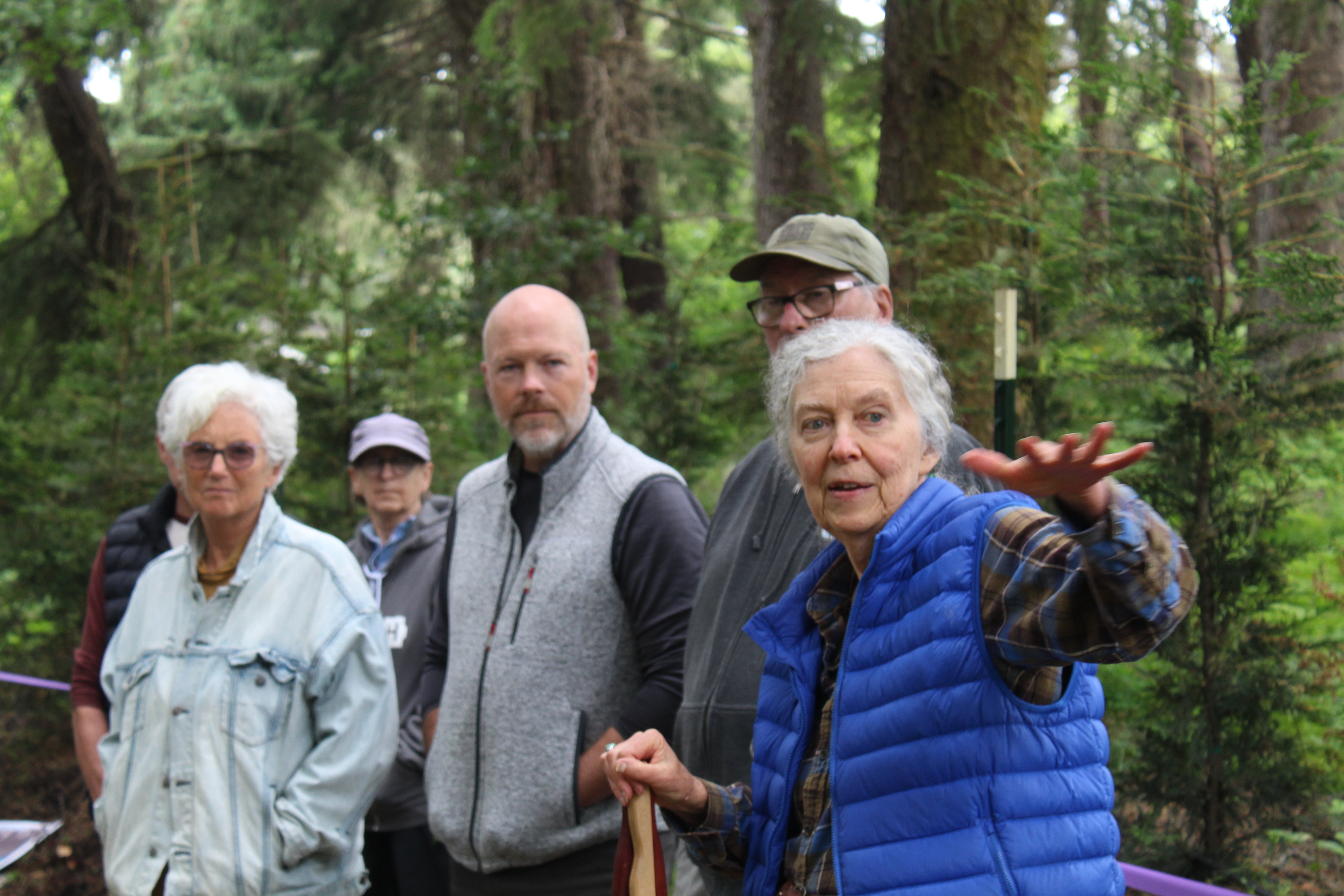Writer’s Notebook: Surrounded by water
Published 12:30 am Saturday, January 9, 2021

- Jonathan Williams
On the North Coast, we are surrounded by water.
Trending
But in a pool, it’s just you and the line at the bottom of the lane.
Tranquil and blue, the water welcomes you.
Peace, serenity and a renewed day all seem possible.
Trending
Tragically, too many people can’t swim: humans don’t instinctively know how and must be taught.
More than 320,000 people worldwide die each year from drowning. Black youth drown at five times the rate of white children.
Across the globe, rising sea levels because of climate change and more intense flooding will dominate in the years to come. Countries like the Netherlands and Japan require citizens to know how to swim. In some countries, people learn how to swim before they can walk.
This all makes Bonnie Tsui’s new book, “Why We Swim,” even more significant for readers on the coast.
Tsui explores the history of swimming from the Green Sahara, when lakes peppered today’s sands in Egypt, to competitive swimming’s beginnings to modern day Olympic swimming heroes while immersing readers in the physiological, mental and emotional underpinnings of what makes swimming such a rewarding enterprise.
She also highlights stories of remarkable aquatic feats: Gulaugur Friþórsson, an Icelandic fisherman who survived an overturned ship in the 1980s and swam over 3.5 miles in freezing cold water to shore; Kim Chambers, one of the world’s top open-water marathon swimmers who came to the sport after suffering a major accident to her leg; Lynne Cox, who was the first person to swim the Bering Strait, swimming from Alaska to the Soviet Union; and Joseph “Jay” Taylor, who was stationed in Baghdad, Iraq, as a cultural attaché for the U.S. and taught those in the military and others how to swim in the former palace pool of Saddam Hussein.
Tsui includes other extreme swimming sports like ice-swimming (it’s exactly what it sounds like), which by 2018 had more than 250 people who had swum an “ice-mile.” She also examines the combination of martial arts and samurai swimming in Japan.
Literary and historical heroes like Leonardo da Vinci, Benjamin Franklin, Franklin D. Roosevelt, John F. Kennedy, Henry David Thoreau and Lord Byron also make a splash in Tsui’s pages for their swimming innovations and enthusiasm.
In extolling the virtues of swimming, Tsui quotes Ishmael from Herman Melville’s “Moby-Dick”: “meditation and water are wedded forever.”
While the physical benefits of swimming are many (the low impact sport is good for lowering high-blood pressure and arthritis), Tsui is incisive in her telling of what the activity can do for us mentally.
“The act of swimming can be one of healing, and health — a way to well-being. Swimming together can be a way to find community, through a team, a club or a shared, beloved body of water,” Tsui writes.
She also explains how you’re able to dream of new possibilities while swimming because of the pace and fluidity of the sport.
For adults, swimming is also, “a way for us to remember how to play,” Tsui writes.
My own swimming story begins in Astoria. I learned to swim at the Astoria Aquatic Center, swimming through high school and later in college and graduate school. The sport has carried me through my life. I truly love it.
Tsui captures that feeling here: “For many swimmers, the act of swimming is a tonic, in that old-fashioned sense of the word: it is a restorative, a stimulant, undertaken for a feeling of vigor and well-being.”
Swimming is one of the few activities everyone can do.
While the pool in Astoria is closed because of the coronavirus pandemic, Sunset Pool in Seaside has remained open for much of the time. There, young and old swim in lanes side by side. A euphoria of gratitude permeates the atmosphere as swimming remains a bright light for those who call it their sport.
Mavericks on the North Coast even take to lakes and rivers for open-water excursions. Surfers dot the crests of waves on our beaches. The U.S. Coast Guard stands in the wings waiting to help those for whom tragedy strikes.
The danger and fear of swimming for many still remains. We have to learn to live with water and see it as an ally and not an enemy, Tsui writes. Leaders on the coast should make learning how to swim a priority for all citizens — young and old — so everyone can enjoy the benefits of the sport.
Tsui’s book is a highly engrossing work that deftly shows the evolution of swimming, our relationship to it and why we need it.
As the author writes, “Not everybody is a swimmer, but everyone has a swimming story to tell.”
What will yours be?









